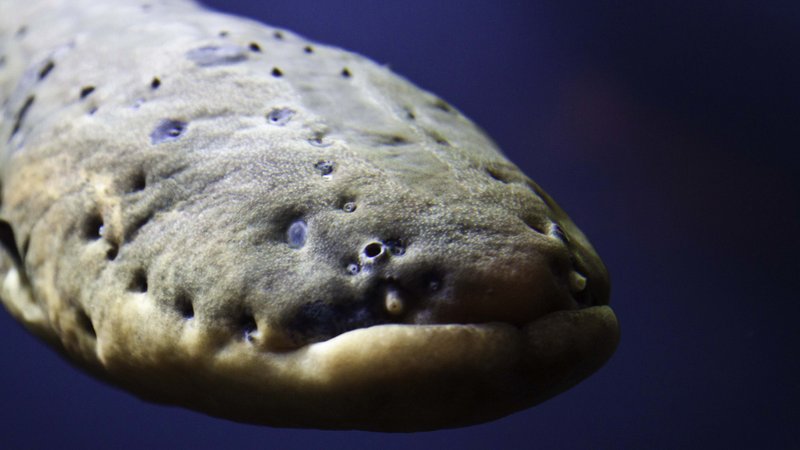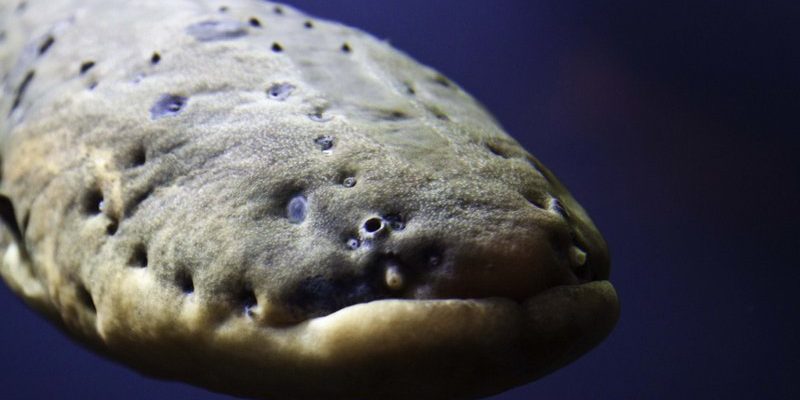
Electric eels, or *Electrophorus electricus*, are more than just their shocking reputation. They’re complex creatures with unique adaptations that allow them to generate electric charges. These traits make them a wonder of the aquatic world, but all this is at risk as the climate shifts. So, how exactly is climate change affecting these electrifying fish? Let’s dive into the currents of this topic.
Understanding the Electric Eel’s Habitat
Electric eels are native to the rivers and streams of South America, mainly found in the Amazon and Orinoco basins. They thrive in freshwater environments rich with diverse flora and fauna. Picture a lush, green rainforest filled with tangled roots and vibrant life. This dynamic habitat provides the electric eel with food, shelter, and breeding grounds. However, climate change is turning this serene world upside down.
The issue begins with rising temperatures. As the planet heats up, water temperatures in these rivers increase. This shift can lead to a decrease in dissolved oxygen levels, making it harder for electric eels to survive. You might be wondering, what does oxygen have to do with those jolt-producing fishes? Well, lower oxygen levels can stress electric eels, affecting their growth and reproduction.
More than just the heat, climate change also impacts rainfall patterns. In some areas, heavy rains can lead to flooding, while in others, droughts can dry up vital habitats. Both extremes can disrupt the eel’s ability to find food and mates. When environments become unstable, the electric eel’s stunning adaptations might not be enough to keep them safe.
How Water Quality Affects Electric Eels
Water quality is critical for any aquatic life, and electric eels are no exception. Climate change often leads to increased pollution and sediment runoff, which can wreak havoc on local ecosystems. Think of your favorite swimming hole: if it gets cluttered with debris and chemicals, it’s no longer safe or enjoyable. The same goes for electric eels.
As climate change intensifies storms, runoff from urban areas can carry harmful pollutants into rivers and streams. This contamination can damage the delicate balance of the aquatic ecosystem. Electric eels rely on clean water to thrive and reproduce, and any changes can lead to a decline in their populations.
Additionally, warmer waters encourage the growth of harmful algae blooms. These blooms can consume oxygen and release toxins, further stressing electric eels. It’s like living in a constant state of emergency where survival becomes a game of chance.
The Impact on Electric Eel Behavior
Electric eels use electricity for navigation, communication, and hunting. When environmental factors change, their typical behavior can shift dramatically. For instance, if the water is murky or polluted, the eel may struggle to find food. This difficulty in hunting can lead to starvation or the need to adapt their hunting techniques, which isn’t always possible.
Moreover, elevated temperatures and habitat changes can alter their breeding cycles. Electric eels often rely on specific conditions to reproduce successfully. If water levels fluctuate or temperatures rise too high, it can disrupt these cycles, leading to fewer offspring. Imagine trying to start a family in an environment that’s always changing and unpredictable—pretty stressful, right?
This alteration in behavior can also affect their social structures. Electric eels are often solitary, but as their environments change, they may become more competitive for dwindling resources. This new dynamic could lead to increased aggression and territorial disputes, further impacting their survival.
Electric Eels and Ecosystem Health
The health of electric eels isn’t just about them; it’s also an indicator of the overall health of their ecosystems. When electric eels struggle, it often reflects larger problems in their environment. These creatures are considered a keystone species in their habitat, meaning their existence plays a critical role in maintaining the balance of their ecosystem.
If electric eels face population declines due to climate change, it could lead to a ripple effect throughout the food web. Other species that rely on electric eels for food or are part of the same ecosystem may also suffer. Healthy ecosystems are all interconnected, and when one part is affected, it can impact the whole system.
You might also think about how electric eels contribute to biodiversity. As unique organisms, they support various interactions within their habitats. Losing them would not only be a loss for the species but for the intricate web of life they help sustain.
Conservation Efforts for Electric Eels
Understanding the challenges electric eels face is crucial, but what can we do about it? Conservation efforts are being launched worldwide to protect electric eels and their habitats. These initiatives often focus on restoring natural environments, improving water quality, and raising awareness about climate change’s impacts.
One effective approach is to establish protected areas where electric eels can thrive without the pressures of pollution and habitat destruction. Efforts also include monitoring water quality and creating policies aimed at reducing runoff and waste.
Education plays a pivotal role too. By informing local communities about the importance of electric eels and their ecosystems, individuals can become advocates for protecting these amazing creatures. It’s about creating an appreciation for the electrifying wonders of nature and how they fit into the bigger picture of our planet’s health.
What Can You Do to Help?
Feeling motivated to help electric eels and their habitats? There are several steps you can take, even from your own home. Here are some small but impactful actions to consider:
- Reduce plastic use: Single-use plastics often end up in waterways, harming aquatic life.
- Practice sustainable fishing: If you’re fishing, make sure to follow local regulations and respect habitats.
- Support conservation groups: Donating or volunteering can directly impact efforts to protect electric eels.
- Educate others: Share what you’ve learned about electric eels and climate change with friends and family.
Every little bit helps. By being conscious of your choices, you can contribute to the preservation of these incredible creatures.
The challenges posed by climate change to electric eels are real and concerning. They highlight the intricate connections between species and their environments. As our planet continues to heat up, it’s crucial to understand how our actions impact these fish and the ecosystems they inhabit.
In the end, protecting electric eels means protecting a unique piece of our natural world. By advocating for their conservation and supporting efforts to combat climate change, we can help ensure that future generations get to marvel at these fascinating creatures. So, let’s keep the conversation going and take steps that contribute to a healthier planet, one electric eel at a time.

